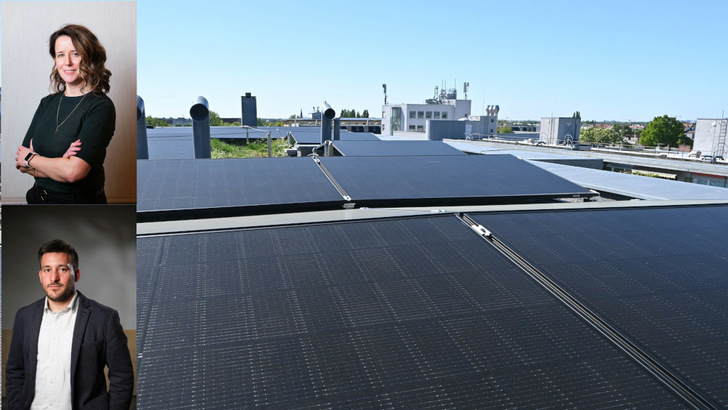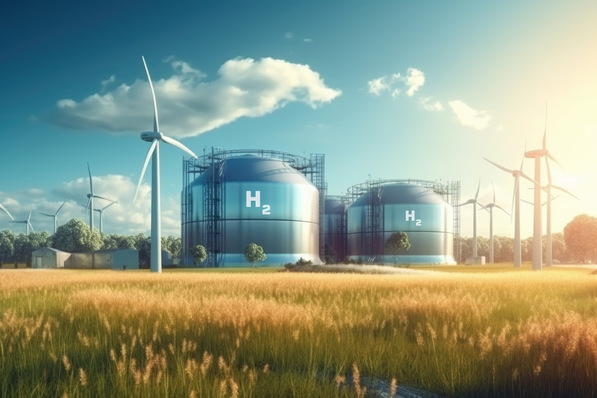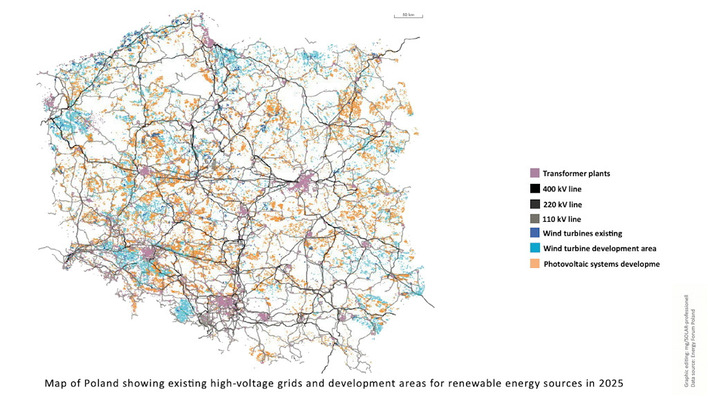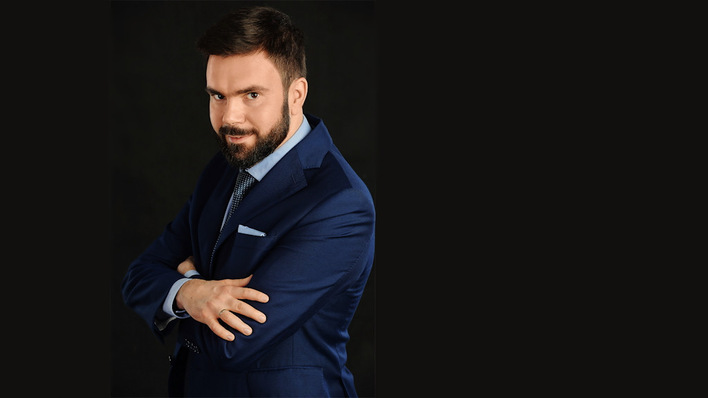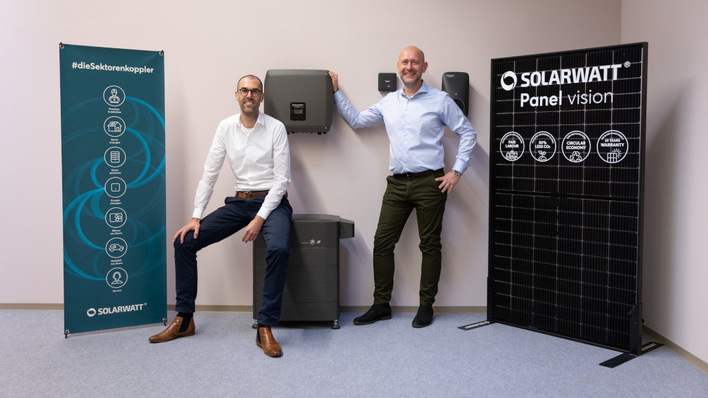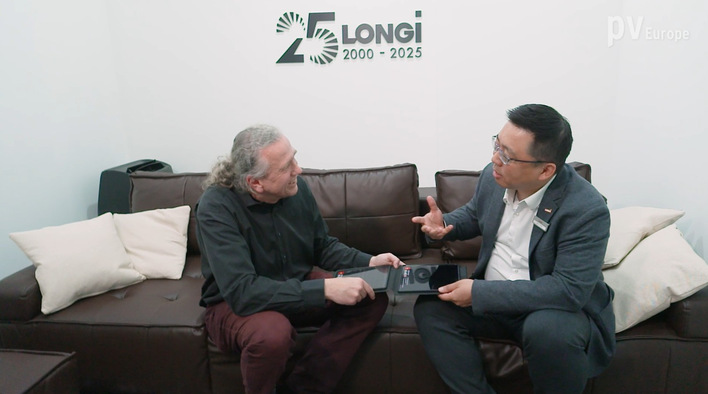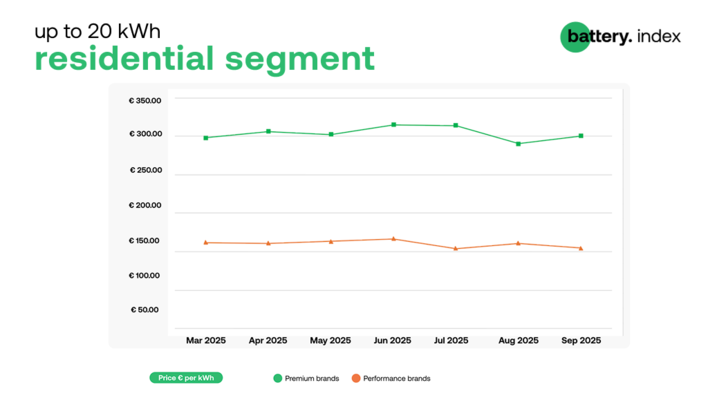How does the cost of electricity from suppliers in Croatia compare?
Filip Kušević: The average market price is slightly above €100 per megawatt-hour (MWh), with significant fluctuations. During peak hours, prices drop significantly due to high solar production in neighbouring countries like Hungary and Slovenia, but in the evenings they can rise to €300 per MWh. Household electricity remains relatively cheap, as it is heavily subsidised by the government that, from an investor’s perspective, makes self-consumption systems less attractive. Depending on the tariff, households pay between 2.8 and 5.8 cents per kilowatt-hour (kWh) plus metering costs. Small businesses with a connection capacity above 22 kilowatts (kW) pay between 1.5 and 3.3 cents per kWh depending on the time of day, plus metering charges and €5.8 per kW of peak connection capacity.
Those are relatively low prices for power. Isn’t that actually a disadvantage for self-consumption?
Marija Hanzec: Correct. However, the government has announced that subsidies will be phased out, except for the most vulnerable groups. That’s why households and businesses should prepare now and invest in their own generation.
You mentioned that storage systems currently lack subsidies, despite their benefits for the grid and self-consumption. How much has storage capacity expanded in Croatia?
Marija Hanzec: Installed storage capacity remains very low, but interest is high. We believe capacity will grow rapidly once regulatory and legislative barriers are finally removed.
What is the reason behind this?
Marija Hanzec: So far, there are no attractive regulatory frameworks for building storage systems. However, we are working with the government and ministries to better integrate storage, as it is important not only for self-consumption but could also partly replace costly grid expansion. The aforementioned study, which we are conducting together with the energy institute and the faculty, is also intended to identify the most suitable grid locations for battery storage.
How do you determine that?
Filip Kušević: This is linked to the integration of renewables. In this study, we are closely examining the development and restructuring of the grid, alongside plans for expanding renewables over the next five to ten years. From this, we can identify where the biggest challenges for grid capacity are likely to arise. Storage can then help relieve pressure on the grid in those areas.
From niche to necessity – the PV-boom in Central and Eastern Europe
Would it not be simpler to combine planned solar and wind installations directly with storage?
Marija Hanzec: That would certainly save a lot of grid expansion. However, there is currently no clear regulatory framework for building plants with integrated storage. I believe this could change in future and that we will integrate storage systems into generation plants.
Which laws would need to be amended for this?
Filip Kušević: Among other things, the spatial planning law would need to be revised. We expect this to include provisions regarding the construction of storage systems in combination with solar plants. In Croatia, there are already legal specifications on which areas can be used for solar development. If a municipal land use plan designates an area for renewables, it should also be possible to build storage there. Such a regulation would facilitate expansion, as it would avoid having to repeatedly amend municipal zoning plans to integrate battery storage into PV projects.
Rooftop solar powers Kaufland’s Croatian logistics
Marija Hanzec: The electricity market law would also need to be changed. Even if it becomes possible to set up co-located storage, these could initially only store electricity from the solar or wind plant they are paired with. To operate them in a genuinely grid-serving way, they would also need to be allowed to store and feed back electricity from the grid itself.
What is the level of public acceptance for solar energy?
Marija Hanzec: Acceptance of photovoltaics is very high. Surveys show around 95 percent support for the green energy transition. Nevertheless, there is some local resistance, especially when it comes to larger solar projects. Environmental and citizens’ groups are concerned about biodiversity. Municipalities are demanding a greater share of plant revenues and are increasing local charges. At present, municipal fees vary widely. It is possible for two neighbouring municipalities to charge anywhere between €50,000 and €3 million for the same project. There is a lack of legal consistency here, creating uncertainty and a significant extra burden for developers.
Filip Kušević: There are also concerns about the loss of farmland due to solar power plants. This is understandable. That’s why we are currently doing a lot of work on agri-PV. Combining agricultural use with photovoltaics should be enshrined in law, as is already the case in other European countries. The Physical Planning Act permits building agri-PV on permanent crops, but this development is stalled because of the agriculture ministry, which would essentially need to permit agri-PV even on high-value land. However, the ministry interprets the law differently. It does not distinguish between conventional solar power plants and agri-PV. As a result, the agriculture ministry is currently opposed to this dual use. This makes it difficult to present agri-PV as a reliable complement to agriculture.
Croatia’s renewables sector to convene in Zagreb
Is this more a communication issue rather than a true acceptance problem?
Filip Kušević: The concern is certainly understandable. After all, the aim is to prevent farmland from being used exclusively for solar installations. However, our argument is that for each individual project, we can implement detailed monitoring to prevent misuse and ensure that systems are genuinely installed as agri-PV.
Marija Hanzec: In addition, as an association, we organise events in different parts of Croatia to inform farmers about what agri-PV is and how it can benefit agriculture.
Does Croatia have a plan for photovoltaic expansion in the coming years?
Marija Hanzec: According to the national energy and climate plan, the share of solar power in the grid is set to double by 2030, to just under 2.3 gigawatts (GW). In our view, the potential is much greater. Based on our calculations, around two additional gigawatts would, in principle, enable Croatia’s electricity mix to be fully renewable. Currently, 40 percent of electricity comes from hydropower and 25 percent from wind, solar and biomass. We also import about 15 percent of our electricity, although this fluctuates by month. In addition to this, a number of thermal power plants are still in operation, which should be replaced in the next few years. These are idle for most of the time anyway, as their operation is not economically viable due to high fuel costs and carbon certificate prices.
Where does the remaining electricity come from?
Marija Hanzec: It comes from the Krško nuclear power plant, which Croatia operates jointly with Slovenia. However, it is located on Slovenian territory. The Croatian government is also considering building its own small modular reactors.
Is solar power in Croatia worthwhile for investors – despite the obstacles?
Marija Hanzec: Yes. Returns are looking attractive, especially for rooftop systems, where, with subsidies, payback within three years is achievable. However, for major investors, everything depends on grid expansion or upgrades to enable the energy transition, and on clear regulation. Without swift decisions on grid connections, international investors will move to countries with better frameworks.
Interview by Sven Ullrich.
In the first part of the interview with Marija Hanzec and Filip Kušević, discover the main barriers to developing large-scale solar plants in Croatia and how these projects can be integrated into the national energy system.


